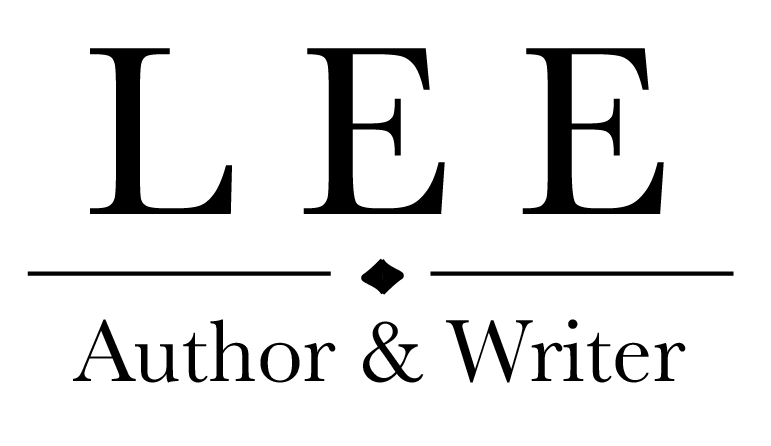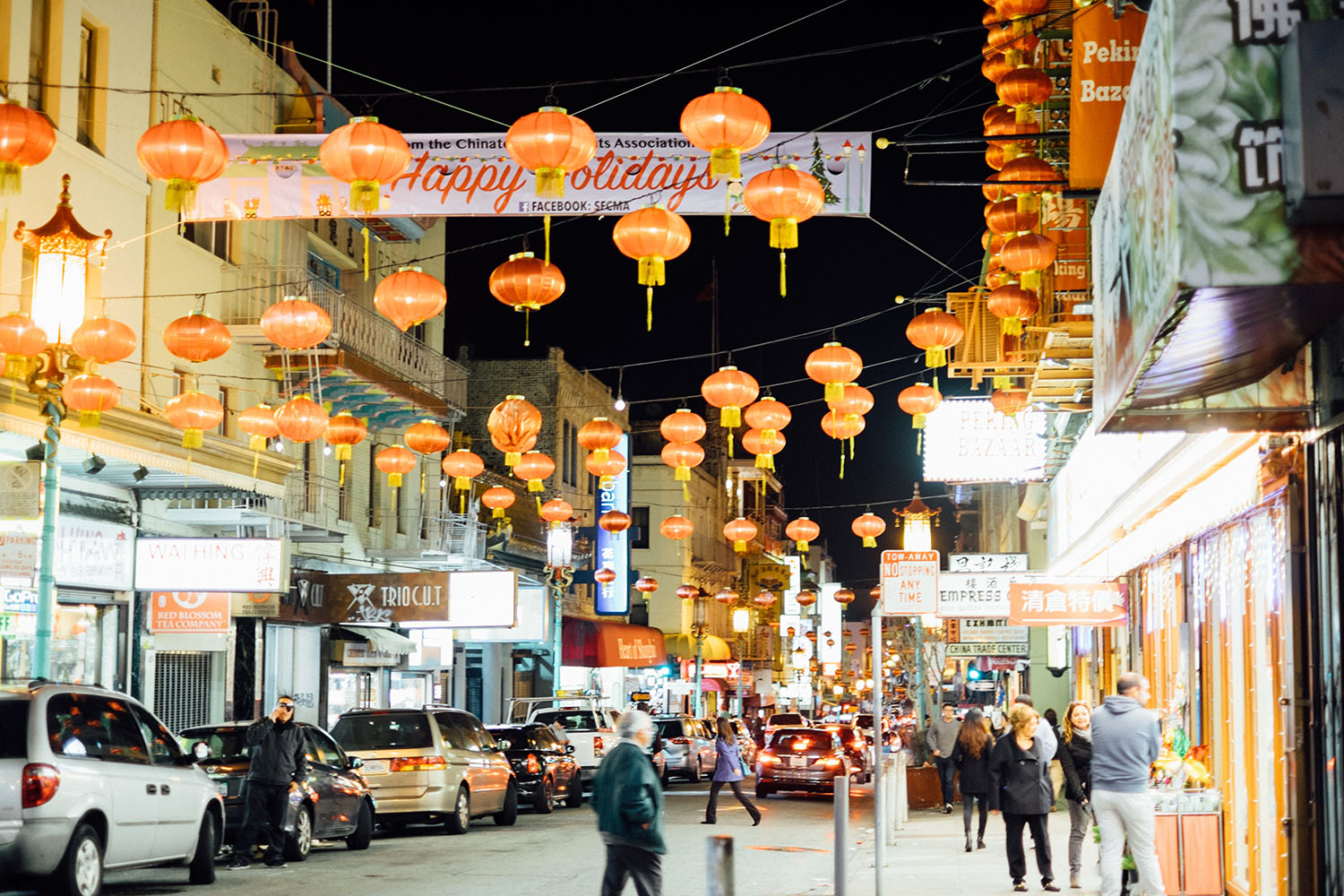As a Asian-American writer in residence at Columbia University’s Center for the Study of Ethnicity and Race, I recently collaborated with Doug Chan, president of the Chinese Historical Society of America to write about multiple 19th-century outbreaks that caused San Francisco’s quarantine in Chinatown.
While writing the article below, I realized that many of the same narrative threads are surfacing. Unfortunately, Americans when facing adversity–whether it’s competition from a nation-state or in this case a virus–have a disturbing tendency to racialize the adversity very quickly, and we’re seeing manifestations of that with the COVID-19 pandemic.
Sadly, America has changed little since the 1800s in terms of racism; and President Trump only adds to marginalize Asians, referring to COVID-19 as the “the Chinese Virus” and “foreign virus.” My goal as a writer is to change this stigma starting with the generation of young adult readers in books like Finding My Voice, and others. I want to help others find their voice and their worth as an Asian-American. Here’s a snippet of the story for you to read and consider:
From CNN: Quarantines in Chinatown
The experts:
Doug Chan, president of the Chinese Historical Society of America, and Marie Myung-Ok Lee, writer in residence at Columbia University’s Center for the Study of Ethnicity and Race.
The events:
Quarantines in San Francisco’s Chinatown followed multiple outbreaks in the 19th century. “During an outbreak of smallpox in San Francisco in 1876, a population of 30,000 Chinese living there became medical scapegoats, Chinatown was blamed as a ‘laboratory of infection,’ and quarantined amidst renewed calls to halt immigration. The Chinese Exclusion Act, the first immigration law based on race, was enacted in 1882,” Lee noted in a recent essay for Salon. “As soon as the immigration started to increase, that is when the job prospects for white laborers became threatened, and that is when the rumors about Chinese being disease vectors began,” she told CNN.
As the plague spread in 1900, Chan says officials in San Francisco quarantined the city’s Chinatown neighborhood “for no good reason.””Things got to the point where there were forced vaccinations of people in the Chinatown community with a vaccine that had not been fully tested,” he says. “And it produced adverse reactions… they basically used the Chinese as human test subjects.”
The takeaway:
“It’s a sad commentary that I think many of the same narrative threads are surfacing,” Chan says. “Unfortunately Americans when facing adversity, whether it’s competition from a nation-state or in this case a virus, it’s the disturbing American tendency to racialize the adversity very quickly, and we’re seeing manifestations of that.”
Lee says it’s troubling to see. “You could have been here since the Chinese Exclusion Act. You could be third or fourth generation,” she says. “But you’ll always be seen as a foreign invader and have somebody assault you on the subway saying you have the coronarivus.”

